Dust & Silica Monitoring
Dust & Silica Monitoring should be conducted in workplaces which are at risk of exposure. High-risk workplaces include:
- Mining, Quarrying
- Sand blasting & Abrasive blasting
- Construction, Demolition & Road work
- Stone cutting
- Manufacturing (Glass, Paint, Concrete, ceramics and brick)
- Agricultural earthworks
- Joineries using engineered stone top benches
There are two forms of silicon dioxide, non-crystalline and crystalline. Non-crystalline silica is not associated with the same type of lung damage as Crystalline Crystalline silica can cause silicosis and is considered a toxic respirable dust hazard.
Exposure to Respirable Silica Dust
Exposure to respirable silica dust can lead to chronic respiratory issues and other severe medical conditions. These include:
- Silicosis
- Bronchogenic Carcinoma
- COPD (Asthma, Bronchitis, Emphysema)
- Pulmonary Tuberculosis
- Industrial Bronchitis
- Auto-Immune Diseases
- Renal Disease
The workplace exposure standard for Silica is currently 0.1 mg/m3. However, Worksafe Victoria have stated that “this standard is being reviewed, and until the review is complete, we recommend that employees are not exposed to levels above 0.02 mg/m3.
Safety Systems can provide an assessment for Silica & Dust at your workplace to ensure compliance with the relevant legislation. We offer Gravimetric personal and Static (fixed location) air sampling to assess workers exposure to Respirable Silica Dust.
Our Dust Monitoring is conducted in accordance with:
- AS 2985-2009 Workplace atmospheres – Method for sampling and gravimetric determination of respirable dust;
- AS 3640-2009 Workplace atmospheres – Method for sampling and gravimetric determination of inhalable dust;
- Adopted National Exposure Standards For Atmospheric Contaminants In The Occupational Environment NOHSC: 1003 (1995);
- Safe Work Australia Exposure Standards for Atmospheric Contaminants in the Occupational Environment, Guidance Note NOHSC: 3008(1995], National Exposure Standards NOHSC: 1003(1995) May 1995; and
- Safe Work Australia, Guidance on the Interpretation of Workplace Exposure Standards for Airborne Contaminants, 2012.
